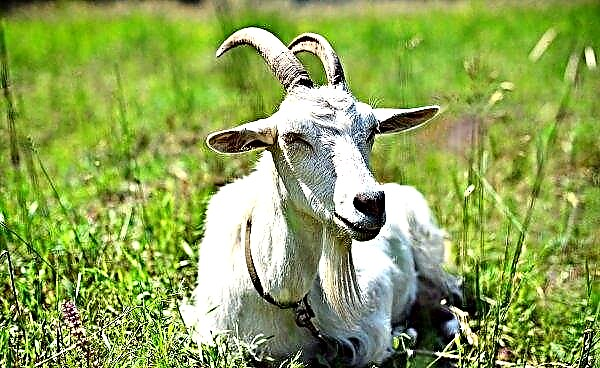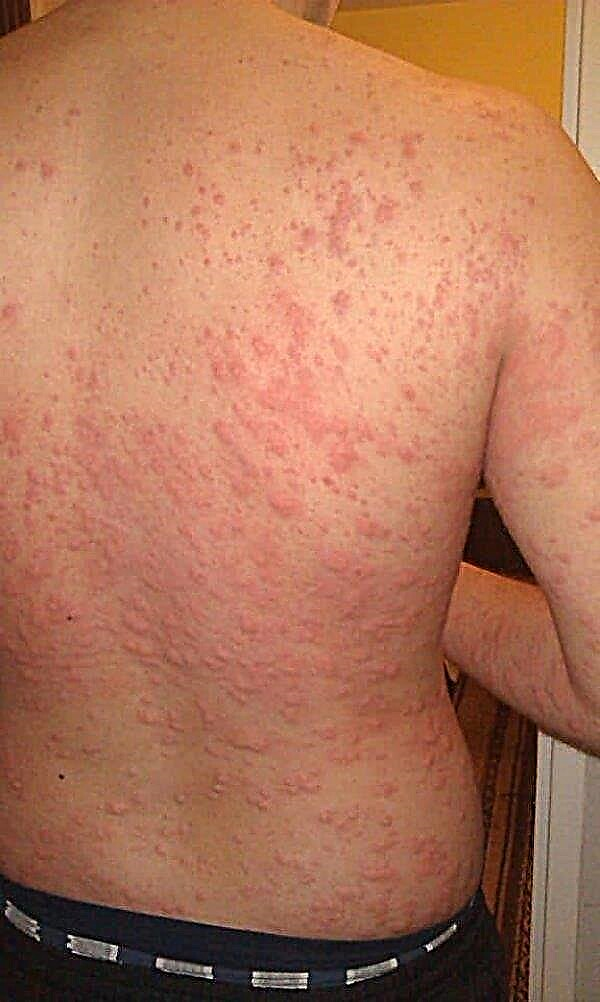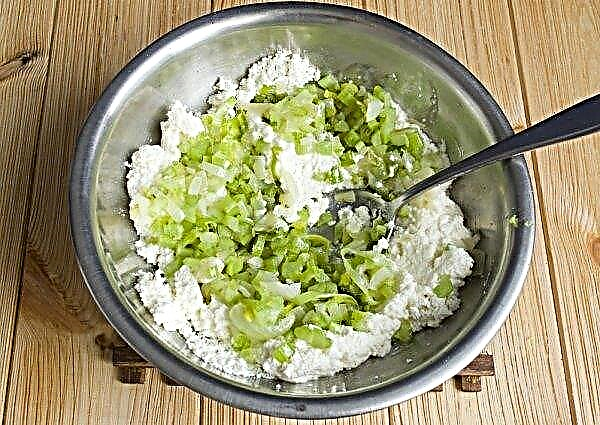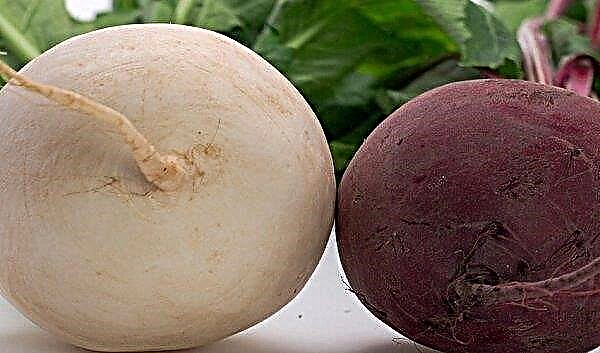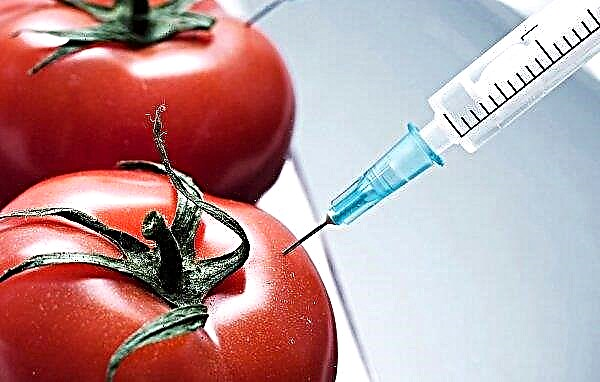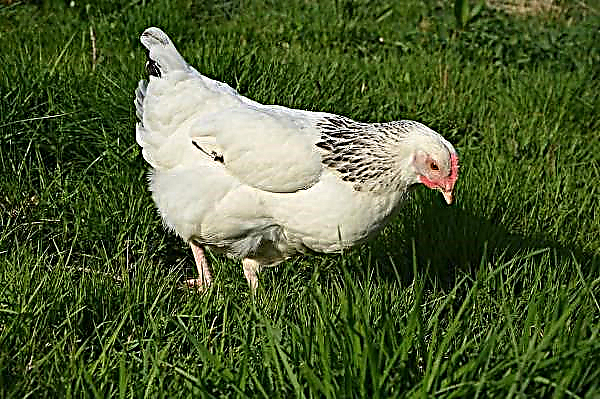Planting tomatoes, gardeners often anticipate the pleasure of the future harvest and plan what dishes and preservation they will make from ripe berries and vegetables. Often, the crop lies in wait for many pests, and in order to protect it from their attacks, it is necessary to make a lot of effort. Whitefly can be a source of great damage to the crop. Read more about how to recognize an insect, and how to eliminate it.
Where does the whitefly come from on tomatoes
Experienced gardeners who grow tomatoes in the garden or in the greenhouse know how important a thorough inspection of the plant bushes during the seasonal period is. Be prepared that a whitefly will be found on foliage and stems during the examination.
This butterfly got its name because of the white, almost transparent color of its wings. It is small, about 3 mm in length. On the white wings you can see a fine powdery coating. The harm from such a small fly is that it pulls all the juices from the plant (it is juices that are its food). The leaves of the affected culture turn pale, and soon completely lose their color. There comes a complete death of the plant.
The first inspection of the culture should be carried out 10-12 days after the planting of seedlings.

White butterflies appear on plants in warm summertime. It is important that there is a lot of rainfall, because for this aphid, heat and moisture are optimal living conditions. If the air temperature drops to + 10ºС and lower, then adult butterflies die. It should be noted that their eggs do not suffer from low temperatures and can tolerate even severe frosts. During the season, one female can put them off about 250.
Whitefly settles well in greenhouses and greenhouses. “Resort” conditions for it are considered to be the temperature of humid air + 20- + 22ºС, thickened planting of crops in a greenhouse or in open ground. That is why it is necessary to ventilate the greenhouses so that the air does not stagnate.
Important! The source of whitefly propagation can be contaminated soil that has got into the site or in the greenhouse along with the seedlings, and the seedlings themselves. Larvae can be found in the remains of leaves and tops of plants that have not been harvested since autumn.
Signs of infection
At the initial stage of appearance, it is not so easy to make out a whitefly: it is necessary to carefully examine the back side of the leaf. And given the fact that gardeners plant large tomato plantations, such a thing is not only troublesome, but also physically debilitating. In addition to inspection, there are other methods and signs that give whiteflies.
When growing tomatoes, you should pay attention to:
- Above the bushes of plants you can see white cloud of milky midges. The cloud soars especially intensely after shaking the bush.
- Flakes appear on the back of the leafthat are hard to notice because of their translucent color. These are the pest larvae.
- Appearance on the leaves of honey dew - white sticky coating.
- Blackening of parts of the bush infected with soot fungi. Such sooty fungi are waste products of the insect.
- Slow development of bushes: Tomatoes that suffer from whitefly attacks are lagging behind.
- Tomato leaves turn pale, turn yellow and curl.

What is dangerous whitefly
Not so much the part of the plant on which they are located suffers from whitefly attacks, – more harm falls on the parts that are located below, because all the products of the vital activity of insects linger on the lower leaves, forming a film of sticky whitish plaque. This phenomenon is provoked by the fact that the bowel movements of moths contain fungal spores that are rooted in deciduous tissues. We are talking about sooty fungi. The infected part of the leaf is covered with white coating, then blackens and dies. This is fraught with the death of the entire tomato plantation. And about any harvest there can be no question.
The organism of whitefly larvae hatching from the eggs secrete a sticky enzyme that resembles liquid wax. Thanks to this enzyme, aphids are attached to the surface of the plant. And given the fact that pests live on the bottom of the leaf, then this enzyme is simply necessary for them. In addition, sticky plaque is a favorable environment for life and rapid reproduction of soot fungus, the harm from which can be irreparable.
Methods for controlling whitefly on tomatoes
The fight against whiteflies can be complicated (or completely useless) by the fact that on parts of the culture pests can be located in different phases of their development: in the form of an egg, moth, larva. If you organize the process of fighting correctly, planting tomatoes can be saved (and, accordingly, the crop).
Did you know? Tomatoes are an ideal product for those who follow a diet: 100 grams of this ripe berry contains only 23 calories.
Chemicals
After finding an insect in a garden or in greenhouses, it is effective to resort to chemical control agents. Processing plantations must be carried out in special protective clothing. Be sure to use a respirator. Such measures are necessary so that the solutions of chemicals do not get on the skin, eyes or respiratory system of a person.
More on how to process tomatoes:
- Fitoverm. Thanks to the active substance aversiktin, the drug quickly and efficiently eliminates midges and their eggs along with larvae. The chemical enters the body of midges in two ways: through the pores in the outer cover of the aphids, and when it eats the parts of the plant treated with the drug. After intoxication, after 6-8 hours, paralysis of the insect begins, and it dies. The drug does not harm a person. You need to start processing with an accurate determination of the consumption rate. To save tomatoes, you need to breed Fitoverm in dosages: 10 ml / 1 liter of water. The culture is sprayed twice during the growing season. This is best done when there is no rain and wind. Available as a suspension.

- Intavir. Its main active substance is cypermethrin (at a concentration of 3.75%). This drug is considered a pyrethroid, that is, a natural insecticide (such, for example, is found in some flowers - daisies, chrysanthemums, tansy). The effectiveness of Intavir lies in the fact that it destroys the nervous system of the whitefly, provokes the appearance of spasms and convulsions, which lead to the rapid death of the insect. 1 tablet (or a packet of Intavira powder) is diluted in 10 l of water and the plantations are sprayed. Tomatoes are processed after detection of an insect. It is best to carry out the procedure in the morning, in dry, calm weather. If, after some time after treatment, the pest does appear, the process should be repeated.
Important! Do not use solution "Intavira»after he stood. Even if after treatment a large amount of diluted drug remains, it is forbidden to store it and use it in the future.

- “Actarom”. It differs from previous preparations in that it does not require spraying: it is enough to water the bushes with this tool. After watering, the remedy (or rather, its active substance thiamethoxam) enters the juice of the culture, and with the juice - into the body of pests. Provides long-term protection (up to 5 weeks). If the whitefly was discovered late, and it managed to breed throughout your planting area, Aktar sprayed effectively in three stages, they take a week break between them. As for the dosages, the instructions recommend diluting 1.4 g of the drug in 10 l of water. But to destroy the dirty man as soon as possible, you can pour the entire contents of the bag into the water.
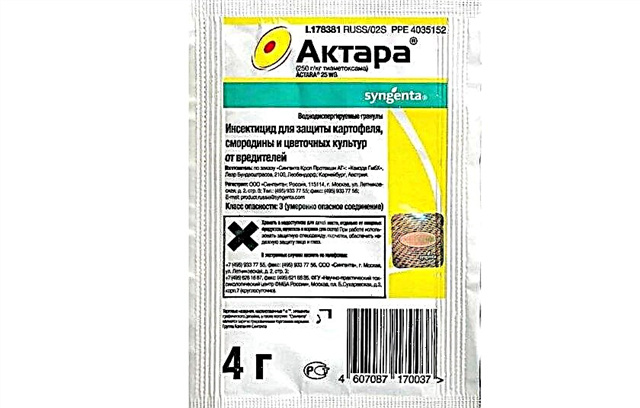
- Confidor. Kills the pest within an hour and a half after processing, and re-spraying is not necessary. Imidacloprid (the main substance) through the sap of plants enters the whitefly organism and paralyzes its nervous system, which soon leads to its death. 1 ml of the drug is diluted in 5-10 liters of water. Spray the culture immediately after the product has been diluted. Shrubs need to be processed no later than two weeks before picking tomatoes.
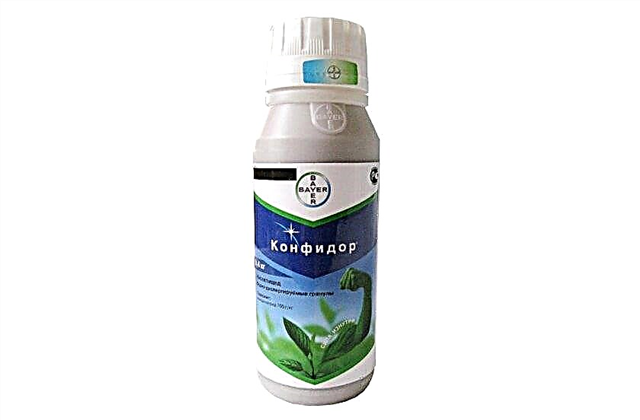
- Talstar. The peculiarity of this insecto-acaricide is that, thanks to its contact-intestinal effect, it effectively helps to remove not only whiteflies, but also other insects that are poised for your planting. Unlike the above drugs, it not only paralyzes the nervous system, but also stops the nutritional function of the aphids. One hectare of landings will require up to 3 liters of working solution. Protection lasts for two weeks.

Folk remedies
Many gardeners are wondering what to do with a whitefly if there is no desire to resort to chemicals. The answer is simple: turn to folk savvy. Some folk remedies that you can resort to will help in the fight against pests:
- Homemade traps. People noticed that the insect likes the yellow color. So you can hang yellow cardboard or a thick cloth in the greenhouse. Such a homemade trap must be lubricated with a sticky liquid. Pests flock to the trap and stick. The tool is effective only in the fight against moths. Today, traps do not have to be done on their own: they can be purchased at hardware stores or shopping centers.

- You can use sticky tapeswith which they usually catch flies or moths.
- Whitefly does not tolerate the smell of smoke and tobacco. You can simply “smoke it”: light a tobacco fire in a greenhouse or garden.
- A small population of whiteflies can rinse off with a powerful jet of water.
- Natural poison for the pest is yarrow (more precisely, its infusion): 100 g of plant leaves are poured with 1 liter of hot water. You can also sprinkle the landing tincture of dandelion roots, for the preparation of which you will need 80 g of chopped roots and 1 liter of boiling water.
Important! If the situation islowered and whitefly invasion significant, pest control should be organized by combining folk methods with insecticides.
Mechanical methods
The most common way is considered washing off with soapy water under significant pressure. It is better to use household or tar soap. The dosage ratio is 30-50 g of soap per 1 liter of hot water. It is necessary to carry out the spraying procedure three times, observing the weekly interval. With this tool, you can wash the leaves of tomatoes, but this is a rather troublesome task, especially for owners of large plantations.

150 g of kerosene will help strengthen the action of 1 liter of soap solution. The product should be thoroughly mixed until an emulsion is obtained, then warm water (5 l) is added. This product is intended for irrigation of soil in a greenhouse. Make sure that it does not fall on the leaves or stems of the plant. After the irrigation procedure, the greenhouse is closed for 3 hours. At this time, the solution evaporates, and its evaporation kills the pest moths. After the procedure, you need to ventilate the greenhouse well. And after 4-8 days, repeat all the actions, because during this period new moths appear.
You can get rid of larvae manuallybut this method takes too much time.
Gardeners also resort to collecting adult pests, using a small vacuum cleaner. It is recommended to carry out the procedure in the morning or evening, when it is cool outside. This can be done in cloudy weather.
Did you know? Tomato can be called a vegetable that gives joy, because it contains seratonin - a hormone of joy that can cheer you up.
Biological method
The biological means of controlling whiteflies are other insects, its natural enemies. They do not harm either tomatoes or humans. Such assistants include a ladybug, a lace-eye, a predatory bug of macrolofus, and pupae of encarzia (that is, parasitoid wasps). The listed insects are what the whitefly is afraid of. Biological methods of control cannot be combined with chemical ones, since the use of insecticides will destroy both pests and beneficial insects.

Preventative measures
Despite many pest control methods, it’s better to simply prevent it from appearing on tomatoes.
To do this, adhere to the following preventive measures:
- Prevent the appearance of dizziness, nettle, woodlice in the garden. These plants attract whiteflies.
- Monitor the air temperature in the greenhouse. The best option is + 15ºС. A higher temperature becomes a favorable environment for the life of the insect.
- Ventilate the greenhouse in time in order to avoid increasing air humidity.
- When planting a tomato keep the necessary distance between seedlingsso that there are no thickenings. So, on 1 m² you can plant only 4 seedlings according to the scheme: 50 x 50 or 70 x 30.
- In a timely manner planting plants.
- When buying seedlings, it must be carefully considered: Larvae can hide under the leaves.
- The preparation of a garden plot for planting a tomato should begin in the autumn: the soil is cleaned from tops, fallen leaves, soil loosening is carried out.
- Greenhousein which tomatoes will be planted, it is necessary freeze well in winter: It must be opened when the air temperature drops below -10 ° C (-15 ° C).
- Aphids can start on indoor flowers and only then move to seedlings if you grow them on window sills yourself.
- Before planting tomatoes in a greenhouse, thoroughly disinfect it (use disinfectants - potassium permanganate, vitriol) and paint the construction details. The pest can lurk in the greenhouse cracks. Take care of the good ventilation of the room.
- Do not compost the soil.
Video: Another way to get rid of whiteflies
Do you still think that the most important thing in growing tomatoes is to prepare a plot and plant a plant? No and no again. The culture must be constantly looked after, protecting from pests. Otherwise, the crop can not be expected: it can be destroyed by an inconspicuous whitefly - a small moth. With properly organized care and compliance with preventive measures, insect attacks can be repelled almost painlessly.







